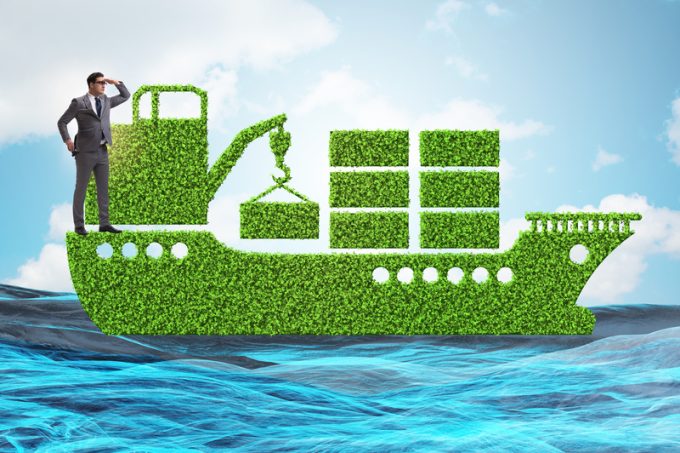Battle of the biofuels as shipping takes a stand against using crops
The IMO’s Intersessional Working Group on Greenhouse Gases (ISWG-GHG 18) has become an ideological battleground, ...

Transport and Environment (T&E) has urged regulatory bodies to adopt “bespoke action” in reducing shipping emissions, after a study released today found pricing deterrents were having “negligible impact”.
T&E commissioned the study to assess the relationship between fuel prices and technical and operational efficiency over three decades, but it found “no clear relationship between the two”.
“Policymakers in the European Union (EU) and the International Maritime Organization (IMO) argue that the higher prices that result from emissions pricing and fuel standards ...
Up to $1.5m fee for every Chinese-built box ship calling at a US port
Carriers warn of cargo disruption due to strikes at Munich Airport
$1.5m China-built ship charge would bring return of US port congestion
MSC switches bigger box ships to higher-paying trades in 'landmark' move
Sanctions-busting forwarder jailed, while Europe 'ramps up the pressure'
Carriers put on a brave face amid further decline in ocean spot rates
Business calls for end to French port strikes, but unions plan more
Taiwan and South Korea lines don't fear US levy on Chinese ships


Comment on this article